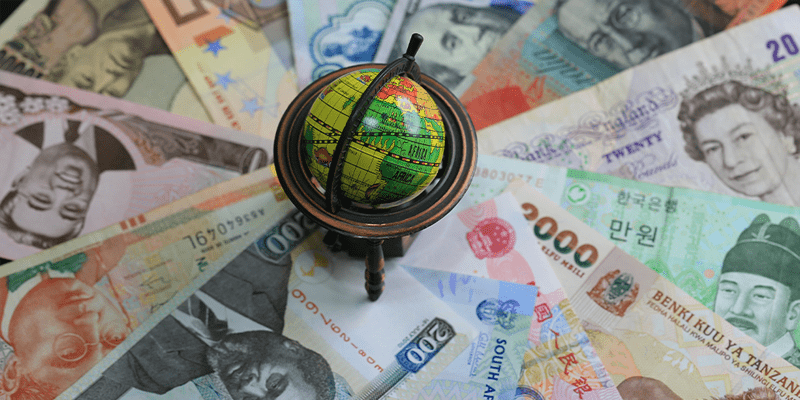Navigating the Enigmatic Terrain of Global Economics in 2023: Unveiling Challenges and Charting Opportunities
Unraveling the intricacies of the global economic landscape in the year 2023, one finds a mosaic of challenges dictating the course of sustainable growth. The tides of the economy surge against the rocky shores of stubborn inflation, ascending interest rates, and an atmosphere rife with uncertainties. A confluence of factors—the haunting specter of COVID-19’s aftermath, the reverberations of conflict in Ukraine, the ominous drumbeats of the climate crisis, and the capricious dance of macroeconomic shifts—obscure the horizon, casting shadows upon the pursuit of Sustainable Development Goals (SDGs).

Venture forth into the realm of global economic insight, and discover five enigmatic revelations awaiting curious minds:
- The anticipated deceleration in global growth for 2023 seems poised to be less severe than initially foreseen. A trajectory marked by a shift from 3.1 percent in 2022 to a modest 2.3 percent in 2023 emerges, with an upward revision of 0.4 (%) points from the January conjecture. This alteration owes its genesis to the resilient pulse of household expenditure in developed nations and the phoenix-like revival of China’s economic engine. Yet, amid this global churn, the projection stands firm, with only marginal growth anticipated in Africa and Latin America and the Caribbean, echoing the persistent refrain of feeble economic performance.

- The specter looms large—a global economy teetering on the brink of an extended spell of lackluster growth. The foreseeable horizon remains shrouded by the scars left by the pandemic, the escalating specter of climate change, and the intricate tapestry of structural macroeconomic hurdles. Within this labyrinth, weak investment and mounting debt vulnerabilities coalesce, threatening the fabric of progress. The delicate tapestry of poverty eradication (SDG 1), hunger alleviation (SDG 2), robust economic growth (SDG 8), and innovation-led infrastructure resilience (SDG 9) faces an existential challenge in the face of sluggish income growth.
- The specter of inflation, a relentless adversary, continues to cast its imposing shadow over numerous nations. While a gradual wane in upward price pressures is forecasted, the clutches of inflation persist, gripping many countries well beyond the comfort zones of central banks. Amid localized supply dissonance, exorbitant import expenses, and the persistent imperfections within markets, the specter of food inflation lingers predominantly in developing nations. The vulnerable—the women, children, and the economically disenfranchised—bear the brunt, exacerbating the shadows of food insecurity.

- Within the developed world, the labor landscape, an oasis of resilience, boasts low unemployment indices and recurrent skirmishes for skilled workers. Employment metrics reach dizzying heights, carving records in the annals of developed economies, while gender disparities tentatively narrow their historic divides. The metamorphosis owes its genesis in part to the burgeoning adoption of telecommuting and adaptable work paradigms.
- The tightening global monetary reins, while intended to rein in volatility, have inadvertently aggravated the fissures of fiscal and debt fragility within developing nations. Escalating borrowing expenditures, propelled by a robust dollar, amplify the weight of debt servicing and the looming shadows of default risks. An ominous reality emerges—constraints in financing will stifle governmental initiatives, shackling the pursuit of education, healthcare, sustainable infrastructural fortification, and the pivotal energy transition imperative for propelling sustainable development strides.
Thus, the labyrinth of the global economic arena in 2023 unfurls with its perplexing tapestry, its volatile bursts, and its elusively unpredictable trajectory, painting a picture of challenges and opportunities woven intricately into the fabric of our shared economic destiny.

